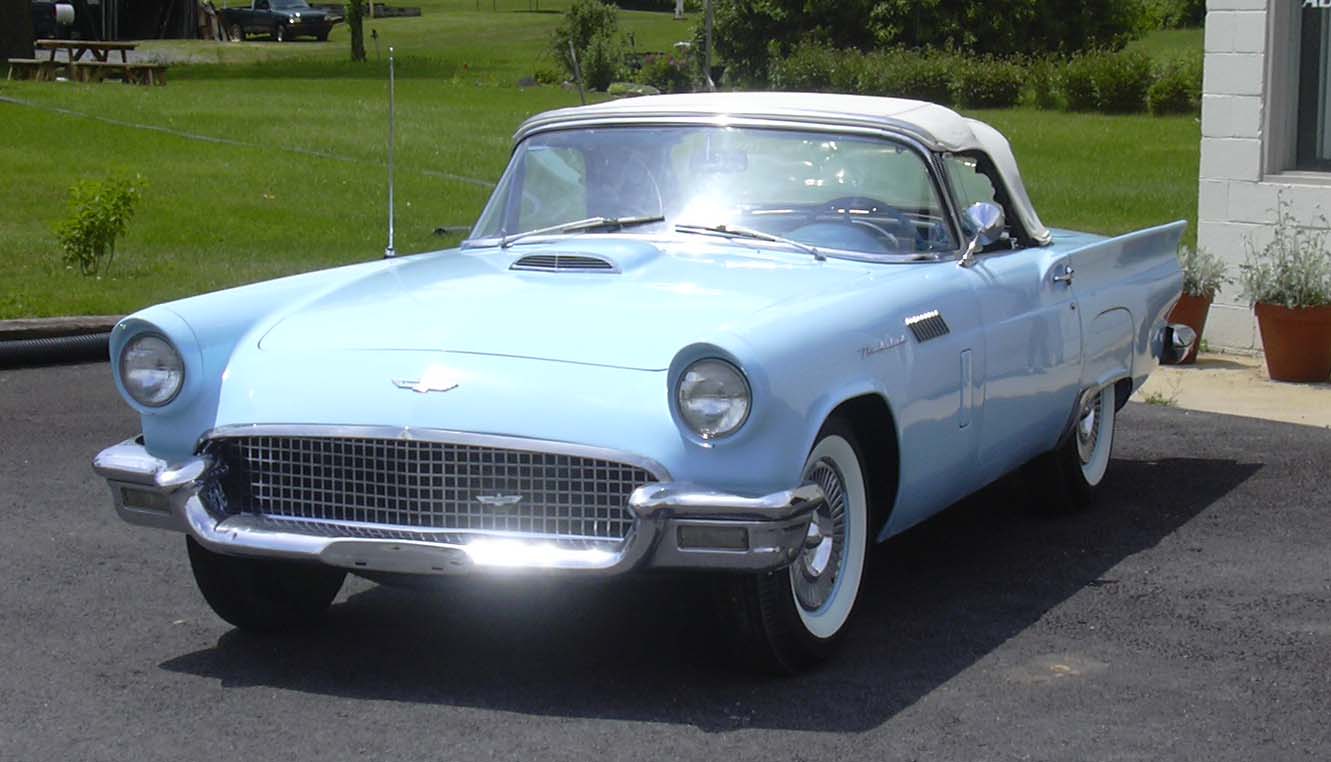The Last Mile: Making Your Online Acquisitions More Efficient
There’s a curious irony at work in our industry. That is, dealers know they need to give online shoppers as much information about their used vehicles as possible to capture their confidence and interest in a unit. Yet, when it comes to wholesaling their vehicles at online auctions, dealers neglect to provide photos, condition reports and other information a buyer might use to size up an acquisition.
 This is becoming a significant problem. Some dealers estimate more than 50 percent of the vehicles available via online auctions from dealers lack any information about condition or history, let alone photos. “These cars are blind to those of us buying through simulcast and proxy bidding,” notes a South Carolina dealer. “I might take an occasional chance on one of these cars, but I mostly let them pass.”
This is becoming a significant problem. Some dealers estimate more than 50 percent of the vehicles available via online auctions from dealers lack any information about condition or history, let alone photos. “These cars are blind to those of us buying through simulcast and proxy bidding,” notes a South Carolina dealer. “I might take an occasional chance on one of these cars, but I mostly let them pass.”
I recognize why dealers may be reluctant to offer this information on wholesale vehicles. First, it’s an extra step that didn’t exist in the past. Historically, when dealers had a wholesale unit, they’d call someone to take it to auction or buy it outright. Done. Simple as that.
Today’s environment, however, is different. Vehicles destined for a physical auction likely have as many, if not more, potential buyers using online simulcast and proxy bidding to acquire vehicles rather than standing in the lanes. These online buyers can’t physically touch the units, so they rely on condition reports, photos and other information prior to bidding.
This pool of potential online buyers should be incentive for dealers to provide as much information as they can on a vehicle’s condition and history to raise its prospects and, potentially, its wholesale price point. Some dealers understand this, and they’re providing this information, viewing it as a competitive advantage.
 More broadly, however, the dearth of condition reports is just one of several inefficiencies that exist in today’s online auction environment. Dealers and used vehicle managers say they have doubts about the efficacy and transparency of proxy bids, and they cite staff and time constraints as reasons they cannot diligently participate in simulcasts.
More broadly, however, the dearth of condition reports is just one of several inefficiencies that exist in today’s online auction environment. Dealers and used vehicle managers say they have doubts about the efficacy and transparency of proxy bids, and they cite staff and time constraints as reasons they cannot diligently participate in simulcasts.
I’ve been addressing the issue of online auction efficiency with auction executives and dealers across the country. I believe this medium represents the “last mile” for dealers to most effectively execute the third leg of a strategy for “provisioning” inventory—first you identify what to buy, next what to pay and, finally, where to find the vehicles for acquisition.
From these discussions, I’ve gained confidence that auction providers are aware of and committed to finding solutions that fix the inefficiencies and provide more transparency in dealer bidding processes. I’ve also identified a few areas where dealers themselves could become more effective and efficient participants in online auctions and better stewards of a “provisioning” strategy for their used vehicle inventories:
• Use simulcast and proxy bids in tandem. This approach follows recognition that most used vehicle managers have multiple responsibilities. They actively monitor the simulcast auctions where they expect to find the greatest number of vehicles they need, and use proxy biddings to ensure they’re still in the game when they’re called away to complete an appraisal, desk a deal, etc.
• Mind your “proxy bid discounting.” Several dealers have mentioned that they’re gun-shy about their proxy bid maximums, dubbed “proxy discounting” by some. The thinking: “If I win every car, I may own too many but I’ll own them right.” Typically, though, these dealers also have the lowest bid-to-close ratios because they set their maximum bids at less than what they know they might pay to acquire a unit and meet their profit goals at retail. Today’s technology and tools can eliminate any guesswork about the “what to pay?” leg of the provisioning strategy and give dealers confidence in maximum bid amounts to offset the tendency toward discounting proxy bids.
• Pick your spots to pay up. While I’m the last one to advocate irrational bidding at auctions, I will submit that there are times when going beyond a target acquisition price by $100 to $300 makes sense to meet broader inventory needs and goals. In my view, this is a rational decision and one that dealers should account for as they set their simulcast and proxy bidding strategies and targets. Let’s remember, it sometimes pays not to leave an auction empty-handed if your dealership knows how to account for less-than-ideal profitability on a specific vehicle.
• “Go where they ain’t.” This borrows from Major League Baseball Hall of Famer Willie Keeler’s guidance to hitters: “Keep your eye clear, and hit ’em where they ain’t.” It’s an apt way to approach online auctions, particularly for dealers with technology and tools to ID the specific lanes that will feature the vehicle you need. “If I need a Nissan, I’m going to look at non-Nissan lanes to see if I can catch a Chevy dealer who’s trying to get rid of one,” the South Carolina dealer says.
